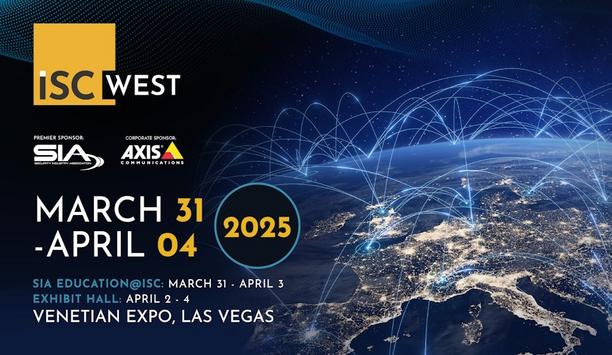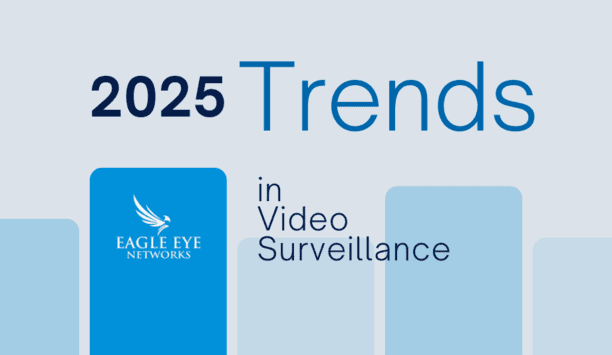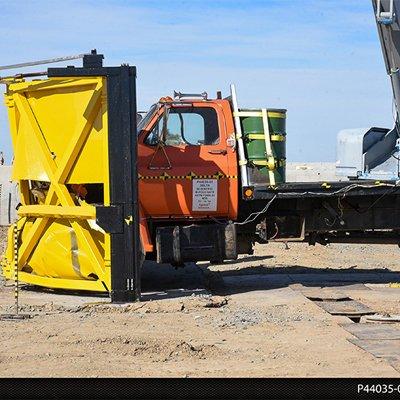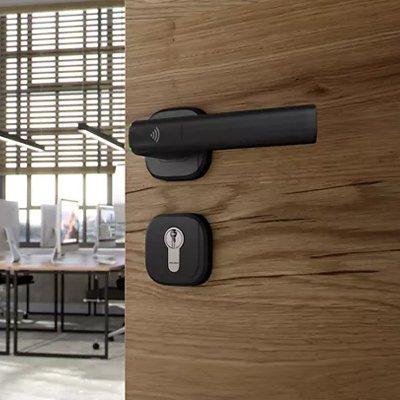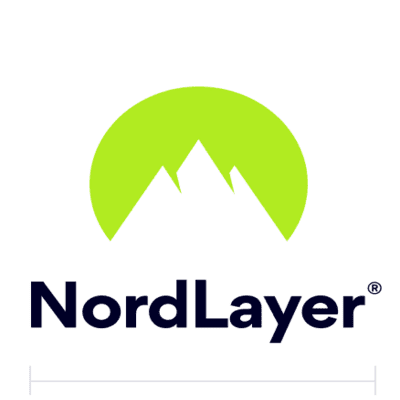Traffic is a big challenge in most urban environments, and I had a chance recently to visit with the agency in Montreal, Quebec, that monitors traffic throughout the island, reacting to traffic conditions and daily situations such as road congestion and managing specific events and incidents.
A network of traffic light controllers and video cameras provides data that is tied into Montreal’s Urban Mobility Management Center (UMMC), which is the “brains” of the city’s Intelligent Transport Systems, one element of Montreal’s emerging emphasis on “safe city” technology.
Traffic monitoring with Bosch PTZ cameras:
Serving more than 500 miles of major roads, tunnels, highways and bridges across the island of Montreal, the UMMC demonstrates the value of video surveillance to provide real-time situational awareness about traffic conditions across a wide area. In this case, video cameras are not being used for security but to aid traffic flow.
The cameras are monitored in real-time, but there is no recording in the interest of privacy. The system is used for traffic management, not for enforcement, and operators take great pains to ensure that no private information is captured by the system. No people are recognisable in the images.
Some 230 Bosch pan-tilt-zoom (PTZ) surveillance cameras are deployed throughout the city, and the number is expected to grow to a total of 700 cameras planned in the next five years. Initially, Bosch MIC 550 analogue PTZ cameras were installed, along with VideoJet encoders to tie in with the network. Each camera includes an integrated long-life silicone wiper and a reversible rain shield to ensure high quality images. The cameras are fully submersible (IP68-rated) for dependable operation during Montreal’s brutal winters; thorough testing was involved in choosing just the right camera.
The most recent wave of cameras being installed are MIC 7000 IP cameras, which connect directly to the network without needing encoders.
About 80 percent of video signals from the cameras are transmitted across 3G cellular networks; the rest are connected directly using the city’s network of fibre optic, copper and Wi-Fi.
"The UMMC demonstrates the value of video surveillance to provide real-time situational awareness about traffic conditions across a wide area". |
Leveraging Genetec Security Center software
Genetec’s Security Center software manages video over the traffic network. The UMMC also leverages Genetec's Federation capability to enable sharing of live surveillance data with the Ministry of Transport Québec and other critical infrastructure city departments, such as transit systems, police and fire departments. “We basically link with other traffic systems and do live monitoring on the network,” says Hugues Bessette, UMMC Intelligent Transport Systems (ITS) team leader. “We work with other transportation entities for a common way to make decisions.”
Looking to learn from systems in other cities, Montreal representatives visited other systems in Toronto, Calgary, Ottawa and Baltimore to evaluate alternatives before generating the request for proposals (RFP) for the project.
Upgrading to advanced systems
After the Genetec system won the bid in 2011, the city upgraded the license to include Federation and Mobile modules in 2013. “Mobile” makes the system easier to use in the field, says Bessette.
A customised “Snap Shot” module was added to the Genetec system in 2014, enabling video images to be captured and shared with other departments and the public/media. “We try to take snapshots of traffic hot spots, so any person can go to a web site and see what the traffic is,” says Bessette. Precautions in place ensure that snapshots adhere to privacy concerns.
"The most recent wave of cameras being installed are MIC 7000 IP cameras, which connect directly to the network without needing encoders." |
The city acquired Genetec’s Plan Manager software in 2014, providing a faster way to navigate the system using map-based integration. The UMMC monitoring centre is expanding to two shifts of personnel to cover early morning and late-evening rush hours, and plans to initiate 24-hour-a-day operation by the end of September 2015.
My visit to Montreal’s UMMC provided a reminder of the usefulness of video technologies in the field of intelligent traffic systems and for “smart cities” in general. In addition to video making our cities safer, it’s also a tool to help them operate more smoothly and efficiently. (If we can solve traffic congestion, we are really adding value!)



